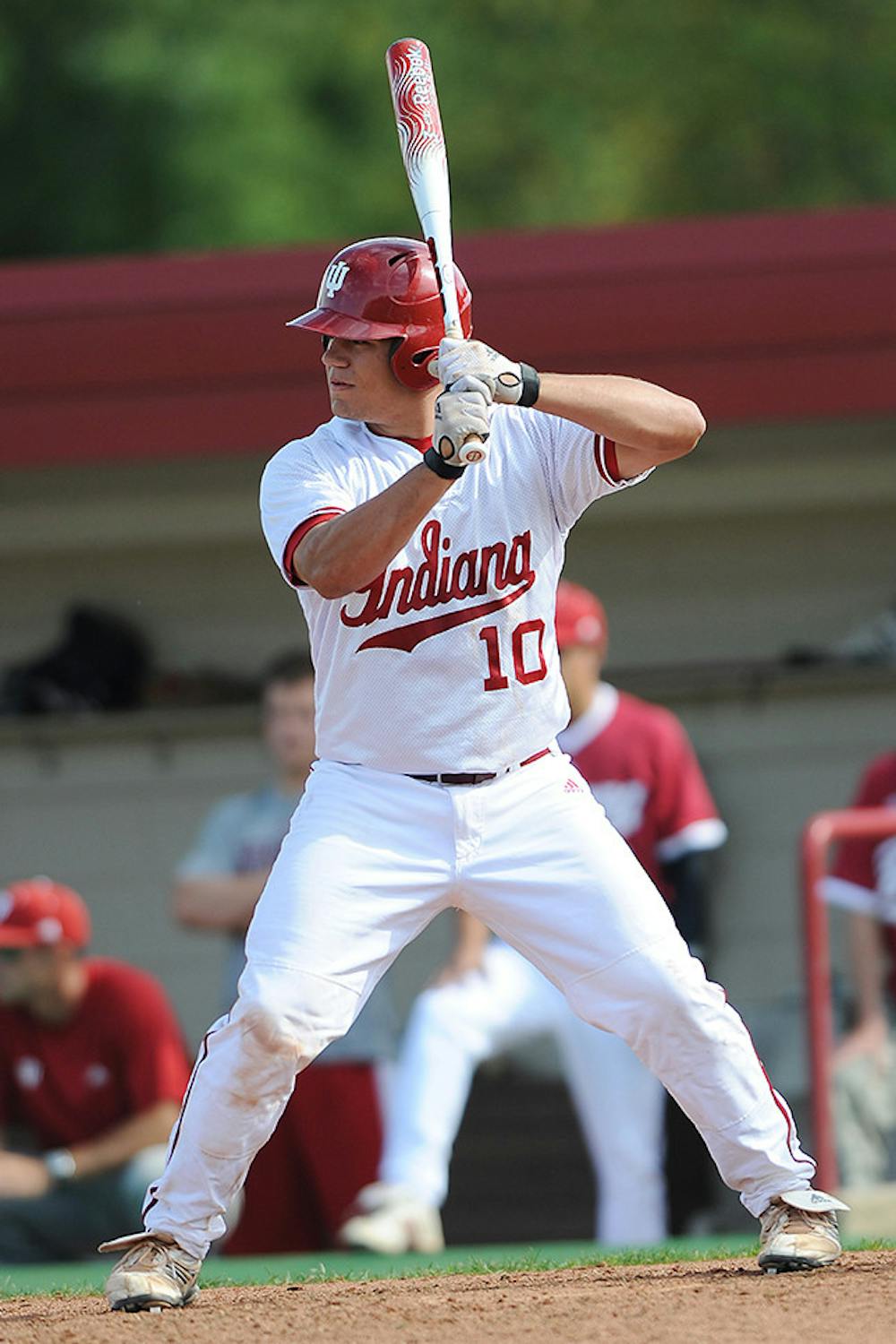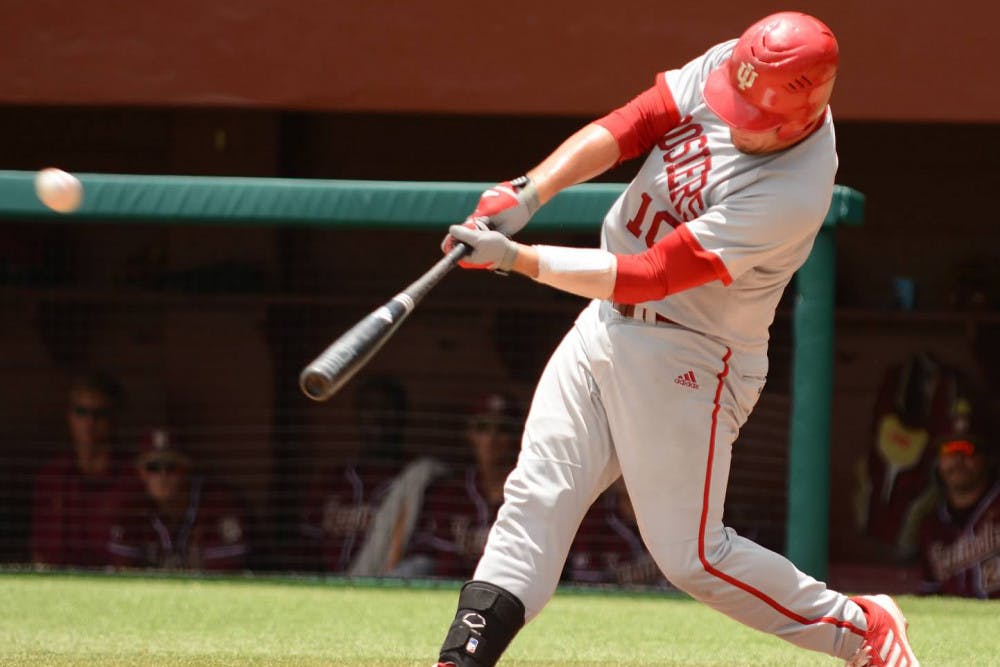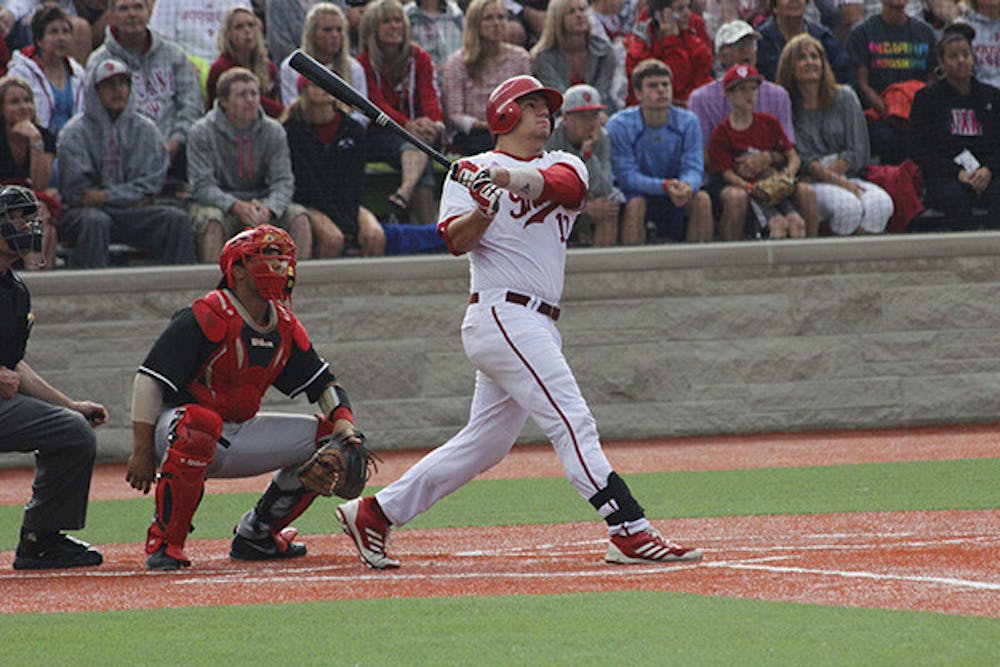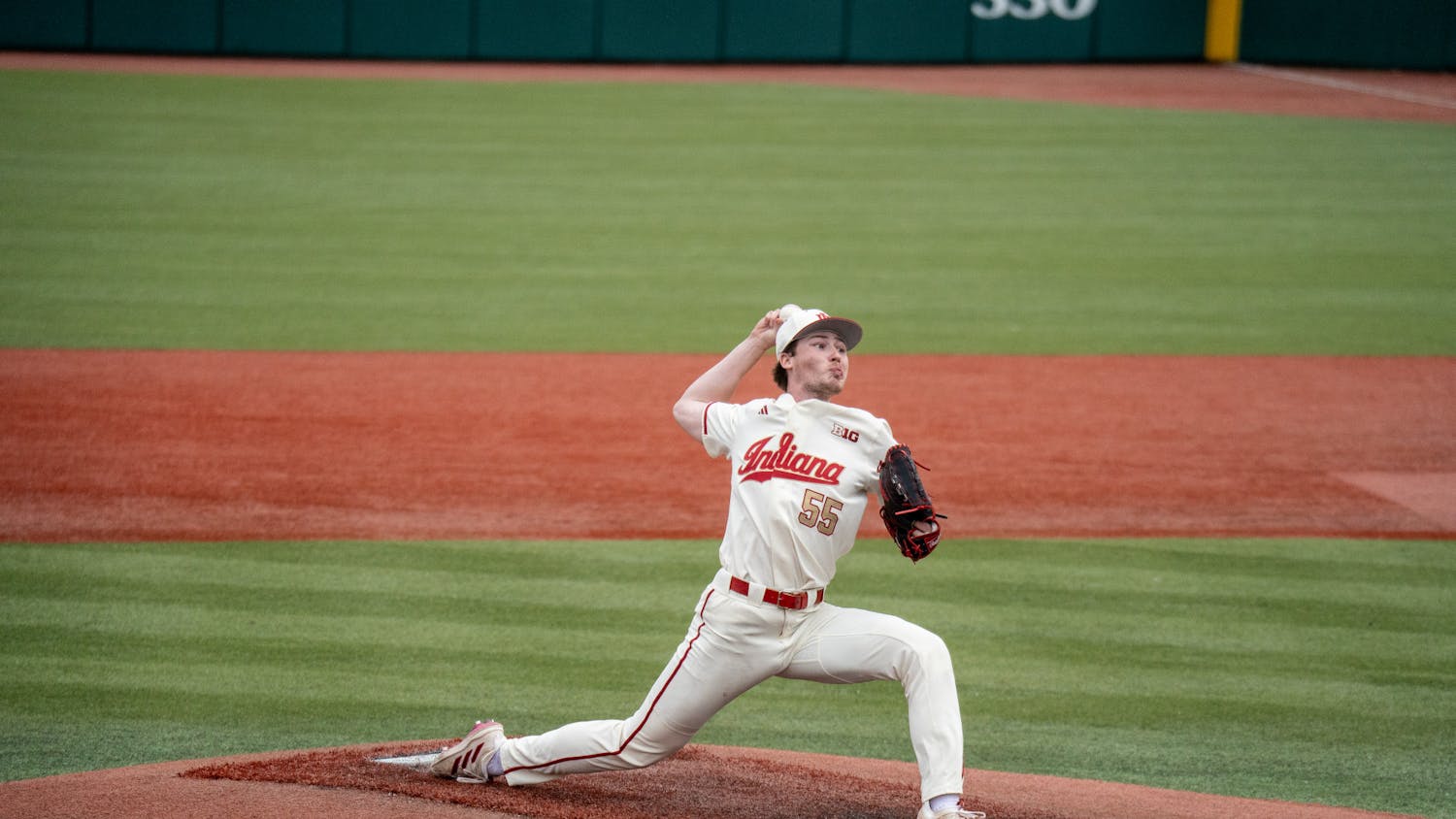This week, the Hoosier Network is taking a look back at the best Indiana athletes of the decade. We surveyed current and former beat writers, along with others in the IU Athletics sphere, to see who they believe the best of the best are.

The final rankings will be published Friday, and leading up to that we'll have guest columns from voters where they make a case for certain athletes. Today, The Athletic's Dustin Dopirak (who previously covered IU for the Bloomington Herald-Times) writes about Kyle Schwarber.
***
The one he hit at Florida State barely seemed real.
Luke Weaver, the pitcher he was facing, would be a first-round draft pick the following year and a major-leaguer before he turned 23. He had an ERA under 2 at the time, he was striking out 11.1 men per nine, and exactly four of the 353 batters he’d faced that year had homered off him.
Kyle Schwarber didn’t just take Weaver yard, he crushed a 3-2 pitch over the high wall at Dick Howser Field, over the street behind it, and into the parking lot in front of the FSU Flying High Circus tent. In so doing, he announced that Indiana had not come to Tallahassee for its first Super Regional in 2013 to be intimidated.
It set the tone for the two-game sweep that sent Indiana for the College World Series, an event that until that year seemed like the most unreachable star. Not only had Indiana never been close to that far — the Hoosiers had won all of one NCAA Tournament game at that point and never even come close to winning a regional - but no Big Ten team had been to Omaha since 1984.
Then there was the moonshot at Louisville in 2014 that cleared the 40-foot-high batters eye in center field and went who knows how much further before it actually landed. And there was the no-doubter against Nebraska in Omaha in the finals of the 2014 Big Ten tournament that cleared the bullpen in right. And there were so many he hit that mattered at Bart Kaufman Field that it’s hard to keep track. That was the beauty of watching Kyle Schwarber during his time at Indiana. Any time he swung the bat, there was a chance he could hit one further than you thought possible.
Until 2013, Indiana baseball was one of the more easily ignorable sports on campus in Bloomington. Sembower Field, the park the Hoosiers played in then, was a facility comically below the standards of a Big Ten baseball program, and IU rarely drew fans there beyond friends and family and the occasional students who spilled out from the nearby McNutt and Foster dormitories.
When Bart Kaufman was constructed in 2013, however, it was as if Bloomington had been grafted a minor-league team, and as much talent as there was around him, Schwarber immediately become the main attraction.

His home runs were prodigious and plentiful, and even his groundouts were violent and dangerous, so rare was the second baseman who dared play any closer than shallow right field. A town and a fan base that had never really cared about baseball — even just a few years earlier in 2009 when they had a team with loads of draft picks and two future major leaguers in Alex Dickerson and Josh Phegley — had someone worth stopping to watch every time he stepped to the plate.
Schwarber’s college career began two years after the NCAA changed its bat standards to outlaw the so-called “trampoline bats” that turned so many games in the 90s and early 2000s into 20-run marathons. He still managed to put up gargantuan numbers without them, hitting 40 home runs in his three seasons and slugging .607 in his career.
He wasn’t all-or-nothing either, and for as powerful as he was, he was also as good of a pure hitter as there was in college baseball at the time. He hit better than .300 in all three of his college seasons, finishing with a career average of .341 and on-base percentage of .437. In his three seasons, he never struck out more than he walked.
Some of his other contributions to those Indiana teams are forgotten now, in part because of the track his major league career has taken with the Cubs where he has won a World Series ring and hit at least 26 home runs each of the past three seasons, but virtually abandoned his natural position to become a left fielder and not a particularly good one.
But it bears remembering, for one thing, that Schwarber could motor with his 6-foot, 230-pound frame, hitting 12 triples and stealing 23 bases at Indiana. And even though some of the flaws that eventually led to the Cubs moving him out from behind the plate were evident then, his ability to call a game and handle pitchers made Indiana’s staff the best in the Big Ten.

Anyone who dismissed Schwarber as a muscle-bound meathead at first glance missed that he was arguably the most cerebral player on Indiana’s roster. Behind the plate, he was usually a step ahead of hitters, and when he was hitting he was usually a step ahead as well. Though he struggled at the plate in Omaha when the Hoosiers went to the CWS, he guided left-hander Joey DeNato through his shutout of Louisville in the first game, which remains the most important pitching performance in Indiana history.
Schwarber makes this list because of what he did in his time in Bloomington, but what he’s done in Chicago — being selected as the No. 4 overall pick, reaching the majors just over a year after his selection, helping bring the Cubs their first World Series title since 1908 and reaching the finals of an All-Star Game Home Run Derby — matter to Indiana as well. Seven of the Hoosiers’ nine NCAA Tournament appearances have come since 2013. Because Kyle Schwarber played at IU, everything that never seemed possible for Indiana baseball seems possible now.
Previous Best of the Decade columns
Tevin Coleman, by Mike Miller
Andrew Gutman, by Josh Eastern
Victor Oladipo, by Alex McCarthy
Derek Drouin, by Jeremy Gray
More






